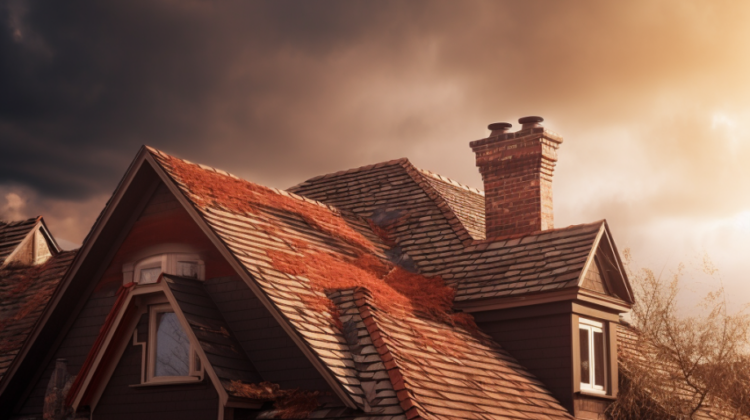
A roof is integral to any home, protecting the interior from the elements and providing insulation. But, like all things, a roof has a lifespan and will eventually need to be replaced. A roof’s lifespan varies depending on the materials used and the climate it is exposed to, but with proper maintenance, a roof can last for several decades.
The roofing industry has several common consumer materials, including asphalt shingles, metal, tile, and slate. Among these options, asphalt shingles are the most popular choice for residential roofing in the United States, representing over 80% of all residential roofing projects. Their affordability, ease of installation, and availability in various colors and styles make them an attractive option for homeowners. However, the lifespan of asphalt shingles can vary from 15-30 years, depending on the quality of the shingles and the climate in which they are installed. In regions with harsh weather conditions, such as high winds or heavy rainfall, the lifespan of asphalt shingles may be shorter.
Metal roofs are becoming increasingly popular for residential homes. They are durable, energy-efficient, and require very little maintenance. The durability of metal roofs can range from 40-70 years, depending on factors such as the quality of the metal and the local climate. However, in regions with high humidity or salty air, such as coastal areas, the lifespan of a metal roof may be reduced due to the corrosive effects of the environment.
Tile roofs are common in the Southwest and Florida, where the warm climate and Spanish-style architecture make them a popular choice. Tile roofs are durable, fire-resistant, and energy-efficient but also heavy and require a strong support structure. The lifespan of a tile roof can be 50-100 years or more, making them one of the longest-lasting roofing materials.
Slate roofs are the most expensive and durable roofing material, with 100-200 years or more lifespan. They are made from natural stone and are highly durable, fire-resistant, and energy-efficient. However, slate roofs are heavy and require a strong support structure, and they can be challenging to repair or replace if damaged.
In addition to the type of roofing material, a roof’s lifespan also depends on proper maintenance and care. Regular inspections and maintenance can extend a roof’s lifespan and prevent costly repairs. Here are some tips for maintaining your roof:
- Clean gutters and downspouts regularly to prevent clogs and water damage.
- Trim trees and branches near the roof to avoid damage from falling debris.
- Inspect the roof for damage after severe weather, such as high winds or hail.
- Repair any leaks or damage immediately to prevent further damage to the roof and interior of the home.
- Hire a professional roofing contractor for regular inspections and maintenance.
- Consider adding a reflective coating to your roof to reduce heat absorption and extend the roof’s lifespan.
A roof’s lifespan depends on the type of roofing material, the quality of the installation, and proper maintenance and care. While most roofs will need to be replaced at some point, regular maintenance can help extend a roof’s lifespan and prevent costly repairs. If you are still determining the condition of your roof, it is best to consult with a professional roofing contractor for an inspection and recommendations for repair or replacement.
